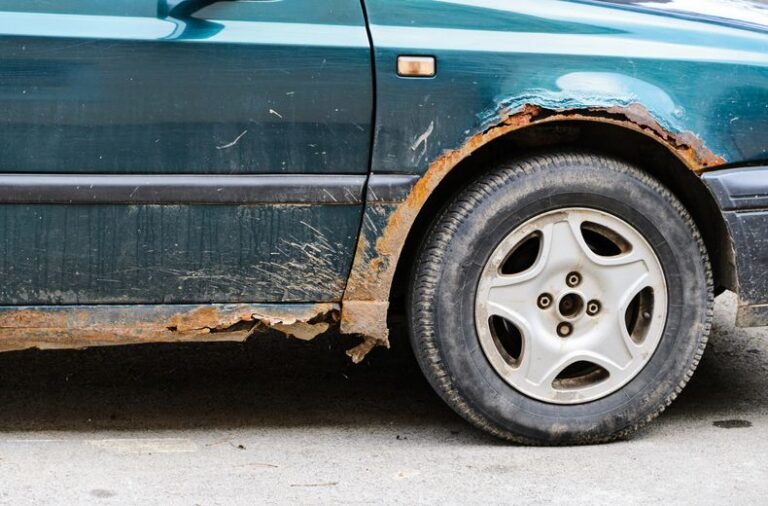How to Lease a Car : Insider Tips for Success
Leasing a car can be an exciting and cost-effective way to drive a new vehicle without the commitment of buying. Whether you’re a first-time leaser or simply looking to upgrade your ride, here are some steps to guide you through the leasing process.
1. Determine your needs and budget
Before looking into leasing options, it’s important to identify your specific needs and set a realistic budget. Consider factors such as your desired car size, fuel efficiency, and features. Think about how much you can comfortably afford to pay each month for the lease, including insurance and maintenance costs.
2. Research different car models and leases
Take the time to research different car models that meet your needs and fit your budget. Look into various leasing options from different dealerships and financial institutions. Compare factors such as monthly payments, lease terms, mileage limits, and any additional fees or charges.
| Factors to Consider | What to Look for |
|---|---|
| Lease Term | Shorter terms may have higher monthly payments but lower overall costs. |
| Mileage Limits | Determine if the mileage allowance suits your driving habits. |
| Down Payment | Consider how much you can afford upfront. |
| Residual Value | A higher residual value can result in lower monthly payments. |
3. Visit dealerships and ask questions
Once you’ve narrowed down your options, visit the dealerships to test drive the cars you’re interested in. Don’t be afraid to ask questions about the lease terms and any additional fees. Ensure that you fully understand the terms and conditions of the lease before signing any agreements.
4. Negotiate the lease terms
When negotiating the lease terms, it’s important to be well-informed and prepared. Research the average lease prices for the specific car model you’re interested in. Compare multiple offers and use this information to negotiate for the best possible deal that fits your budget.
- Consider negotiating factors such as down payment, monthly payment, and mileage allowance.
- Ask if there are any incentives, discounts, or promotions available.
- Review the lease agreement for any hidden fees or charges.
5. Finalize the lease agreement
Once you have negotiated the lease terms to your satisfaction, carefully review the lease agreement before signing. Pay close attention to the length of the lease, mileage limits, and any penalties for early termination or excess wear and tear. If everything looks good, sign the agreement and get ready to enjoy your new leased car!
6. Take care of the leased vehicle
While leasing a car, it’s crucial to take good care of the vehicle to avoid additional charges at the end of the lease. Adhere to the manufacturer’s recommended maintenance schedule and keep the car clean and damage-free. Regularly inspect the leased car for any wear and tear and address any issues promptly.
7. Understand the end-of-lease options
As the end of the lease term approaches, it’s important to understand your options. Most leases offer the choice to purchase the car at the end of the term, return it, or lease a new vehicle. If you decide to return the car, it’s essential to follow the guidelines regarding mileage limits, overall condition, and any potential excess wear and tear.
Leasing a car can be a smart choice for many individuals, providing the opportunity to drive a new vehicle at a predictable cost. By following these steps, you’ll be well-prepared to lease a car that suits your needs and budget. Happy leasing!
Frequently Asked Questions For How To Lease A Car : Insider Tips For Success
What Are The Benefits Of Leasing A Car?
Leasing offers lower monthly payments and access to new models often.
How Does The Leasing Process Work?
By paying for the vehicle’s depreciation, not its full price, you can lease a car.
Can I Customize A Leased Car?
Limitations exist, but some customizations are allowed with prior approval.
What Happens At The End Of The Lease?
Options include returning the vehicle, purchasing it, or extending the lease.



